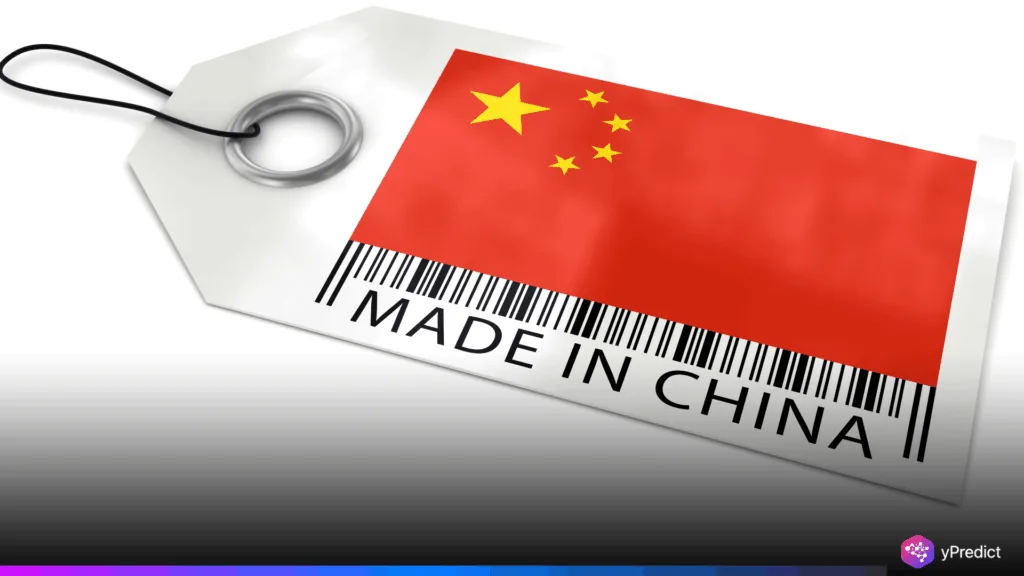
The Made in China 2025 program has become one of the most highly monitored industrial policies of the past ten years that restructured the international distribution of power within the area of advanced manufacturing. In 2015, officials rolled out the plan to transform China into a global leader in key high-tech industries, including artificial intelligence, robotics, electric vehicles, aerospace, and advanced materials, with the overall goal of making China a low-cost manufacturer. China has not only outpaced many Western economies in various fields that were thought to be their stronghold.
China’s Industrial Transformation Through “Made in China 2025”
The Made in China 2025 policy cemented Beijing as a serious participant in the race to be the world leader in technology. The initiative has created a boom in robotics, artificial intelligence, semiconductors, and electric vehicles, buoyed by more than $1.4 trillion in state funding since the pandemic. It had ambitious goals, including lifting the domestic content of core technologies to 70 percent by 2025, and its performance has surpassed expectations. As analysts affirm, Chinese firms have already accomplished most of these objectives or have them in sight, ranking at the top of EV manufacturing, the implementation of 5G networks, and the development of next-generation AI technology.
Significant to this achievement has been the government intervention, fierce funding sources, and a national work ethic entrenched in the Chinese manufacturing ecosystem by China. Whereas the U.S. reacted through sanctions and tariffs, Beijing went all in, transferring foreign technology and utilizing home research centers to strengthen. Semiconductors have also been in the spotlight since the Made in China 2025 plan was developed, as the industry is the core of modern innovation. Even though China is partly reliant on imports, its development has been immense, as it poses a threat to the domination of Western chipmakers.
Europe’s Urgent Need for a New Strategy
The question of the aggressive growth of Made in China 2025 now becomes a challenge as well as an opportunity offered to Europe. Europe cannot afford to compete against China in offering subsidies and cannot simply duplicate its state-led industrial strategy, but it can narrow its focus towards existing areas of power and strength. A natural strength lies with green technology (i.e., wind energy, hydrogen power, and carbon capture), which has well-established systems of innovation and innovation leaders in Europe in the form of Infineon and Saint-Gobain.
The minimization of dependencies is once more another priority. The pandemic semiconductor shortage revealed Europe’s vulnerability, and both the EU Chips Act and the Critical Raw Materials Act are essential for protecting supply chains. The goal of domestic semi-manufacturing of 40 percent in Europe by 2035 may be a massive cutback in dependency on Asian producing partners, despite the fact that bureaucracy is a looming challenge. Europe must also utilize its single market and trade policy as strategic resources with access as leverage, as China has successfully managed to do. Europe can counter the Made in China 2025 through industrial concentration and policy creativity—a policy that will capitalize on the concept of sustainability and self-sufficiency.
Conclusion
The Made in China 2025 initiative has reshaped worldwide competition, driving China to the frontlines of the market sectors that the West controlled. This is a lesson to Europe as well as an incentive. To compete effectively, it is not sufficient to follow Europe but to use its strengths in green technologies and perfect industrial policy, and speed up. Therefore, although the model employed by China is accompanied by controversy in terms of the sustainability of labor and the political expenses, its outcomes cannot be denied. Europe needs to step it, foster innovation, and minimize dependencies.







